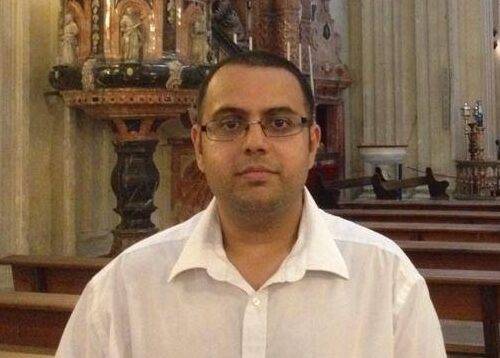Ulrike Freitag’s A History of Jeddah: The Gate to Mecca in the Nineteenth and Twentieth Centuries is a seductively charming urban history of the Saudi Arabian city of Jeddah, popularly known as the “Bride of the Red Sea” or the “Gate to Mecca”. While cities such as Baghdad, Damascus and Cairo are well known for their grand histories, Saudi cities rarely receive the same attention. When they are talked about, it is often only in the context of pilgrimage to Mecca, leading some to crassly conclude that the Gulf kingdom has no real history prior to the discovery of oil. But as works like Freitag’s show, this is simply untrue, and a vibrant history awaits to greet those prepared to look through the facade.
Jeddah, as Freitag argues, was not merely a stop-off point on the road to Hajj. It was a vibrant cosmopolitan city that underwent similar modernisations as other late Ottoman cities. In 1814, Swiss traveller John Lewis Burckhardt noted: “With some astonishment that the inhabitants of Jeddah consisted mostly of ‘foreigners or their descendants’, with the exception of a few learned descendants of the Prophet Muhammad. While local Arabs had perished or emigrated, Burckhardt lists Hadramis and Yemenis, Indians, Malays, Egyptians, Syrians, North Africans, as well as people from the European and Anatolian provinces of the Ottoman Empire.”
Jeddah is different, as the Saudi saying goes. The diversity of the city provokes Freitag to ask how so many different groups of people settle in a place and live with difference. Muslims, Jews and Christians have historically called the city home, but how did the various religions breathe the same air? In thinking about Jeddah’s urban history, Freitag explores the notion of “Muslim cosmopolitanism”, which she argues is different from “vernacular cosmopolitanism”, which is rooted in attempting to invert the notion that cosmopolitanism stems from elite European culture. The trouble with this attempt is that conceptually it still binds itself, even as a critique, to Western modernity. Thus, to think of Muslim cosmopolitanism is to re-imagine what non-Western urbanisation looks like, while giving prominence to the role religious social networks play in the urban setting.
The Humanity of Muhammad: A Christian View
The book goes through the changing social settings from households, families, properties, markets, shrines, servants and marriages, and how they evolved throughout time. There appears to be a long history of Christian visitors to the city, but just how long they have been visiting is hard to determine. We know that many passed away in the city due to the presence of a Christian cemetery: “Historically, it would seem that it served foreign merchants and sailors who did not survive their stay in Jeddah. In 1878 British consul Zohrab managed to identify thirteen British graves (among them the ‘Body of an English woman name not known’), five Austrians, more than ten ‘sundry’ graves, four French Vice-Consuls, and two Jews.”
Jeddah has been in constant modernisation for 200 years, but different ruling regimes imposed their own type of modernisation. The conquest and inclusion of the Hijaz region into the modern state of Saudi Arabia in the 1920s saw the fortunes of Jeddah change, as the new Al-Saud regime sought to impose the new religious doctrine inspired by Wahhabism, causing tensions within the city. “The years following the conquest of the Hijaz were hence marked by attempts to impose a stricter religious regime…Matters became particularly tense during the pilgrimage seasons because of the added influx of people of different orientations. Thus, in March 1926, barbers were ‘instructed not to shave the faces of pilgrims or residence completely’ and only the Wahhabi imam could lead the evening prayers.” A historically more open and liberal part of the country, the new rulers sought to exercise control over the past and present of the city. But as Freitag concludes, as modern Saudi Arabia seeks to open itself up to the world, the history of Jeddah could serve as an important model for them to do so.
I enjoyed reading the history of Jeddah as it provoked all kinds of interesting questions about Saudi’s history and heritage, while allowing us to think about the various ways of living with differences in urban settings. Understanding the pluralistic nature of cities in the Gulf means understanding that it is not a recent phenomenon, and that we have much to learn from them. This book will hopefully serve to enable those interested in urban history to think critically about the cosmopolitan layout of the Gulf region.









